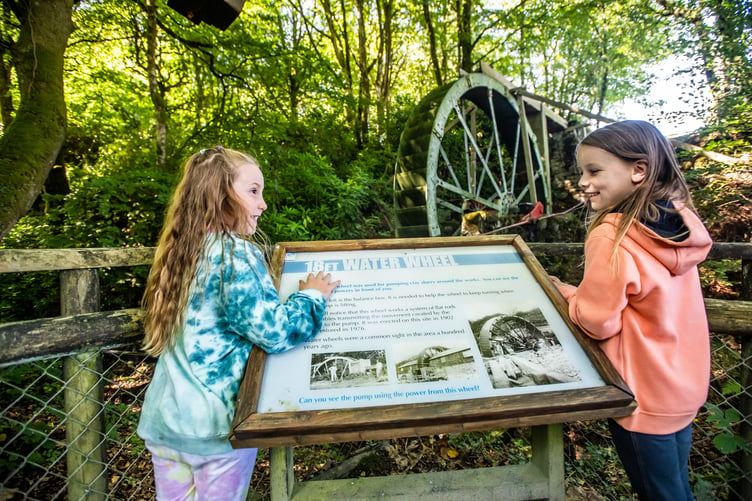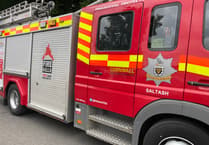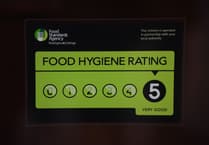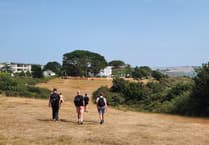A tourist attraction near St Austell has been awarded funding by the Royal Society to inspire children with science stories.
Wheal Martyn Clay Works is one of the latest small museums across the UK to be given funding of up to £3,500 through the Place of Science scheme.
The initiative aims to spark curiosity, interest and enthusiasm by exploring science in a creative way, while also boosting the museum sector’s recovery following the covid pandemic.
Wheal Martyn’s project is called ‘Inspiring Cornwall’s Minds and Miners for Our Future’.
Whilst china clay continues to be extracted in the area around Wheal Martyn, the potential for lithium extraction is also being explored.
Education officer Gemma Martin said: “Wheal Martyn’s engagement project will take our community on a journey of discovery, exploring our mining heritage and the science that has shaped it to date, and then investigating what the future may hold for the area.
“We are delighted to receive this grant from the Royal Society. The funds will allow us to support local schools, offering an exciting project for young people to engage with their heritage and the science and technology that shapes our community and landscape.
“Through collaboration with our partners, our project will explore modern mining, our relationship with the natural world and how best we can protect it. We hope to inspire some of our future scientists and ecologists.”
Professor Russell Foster, of the Royal Society, said: “We have such an exciting array of themes being explored by the Places of Science awardees this year, from the history of space exploration to maths in the Islamic world and the impact of climate change at a local level.
“It has been wonderful to see so many creative ways of sharing scientific stories that are both engaging and accessible. I hope these projects allow people of all ages to connect with science in new ways and feel a shared sense of ownership of their local scientific history.”
The project at Wheal Martyn is in the early stages and will be delivered over the next two years.
The museum and heritage centre is set in 26 acres, with its collections and historic buildings preserved to tell the story of Cornwall’s largest mining industry. There are opportunities for learning and community engagement at a time when fewer people have first-hand experience of the industry which shaped the lives of people, landscape and economy in mid-Cornwall.
The Royal Society is made up of many of the world’s most distinguished scientists drawn from all areas of science, engineering, and medicine. The society sets out to recognise, promote and support excellence in science, and to encourage the development and use of science for the benefit of humanity.





Comments
This article has no comments yet. Be the first to leave a comment.